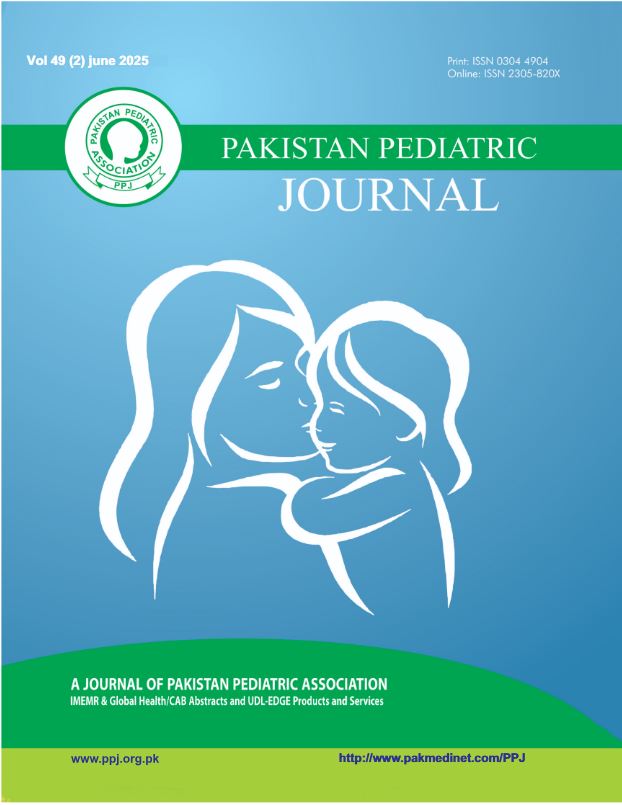Case Report Congenital Erythropoietic Porphyria (Gunther Disease): A Rare Case of Photosensitivity and Erythrodontia
Diagnostic Challenges and Management in a 17-Month-Old Child
Keywords:
Congenital erythropoietic porphyria, Gunther disease, porphyria, uroporphyrinogen III cosynthase deficiency, erythrodontia, photosensitivity, hemolytic anemia, hypertrichosis, sclerodermatous rash, porphyrin metabolism, metabolic disorder, pediatric dermatology, rare genetic disease, hematologic disorder, sun-induced skin damageAbstract
Porphyria comprises a group of metabolic disorders caused by enzyme deficiencies in the heme biosynthetic pathway, leading to the accumulation of porphyrins. Congenital erythropoietic porphyria (CEP), also known as Gunther disease, is a rare autosomal recessive condition resulting from a deficiency of uroporphyrinogen III cosynthase (UROS). It manifests as painful photosensitivity, erythrodontia, and chronic hemolytic anemia.
We present a case of a 17-month-old boy with reddish discoloration of urine, erythrodontia, and a painful sclerodermatous rash. The diagnosis was primarily clinical and confirmed by elevated urinary levels of uroporphyrin and coproporphyrin. Management included sun protection, vitamin D supplementation, cimetidine, and beta-carotene. While the patient showed improvement, dyspigmentation and scarring persisted.
This case underscores the importance of early diagnosis and intervention in metabolic disorders like CEP to prevent severe complications.
Keywords: porphyria, uroporphyrin III synthetase, sclerodermatous rash, reddish discoloration of urine





